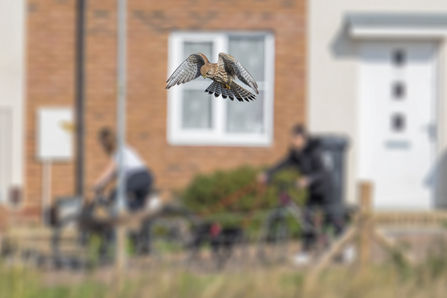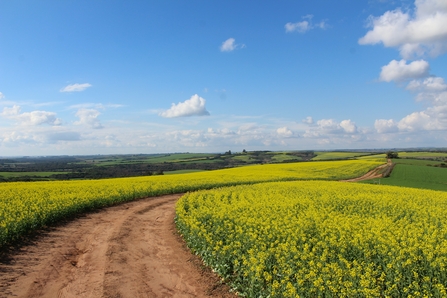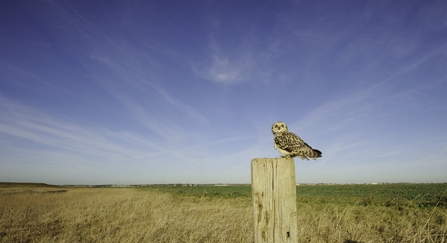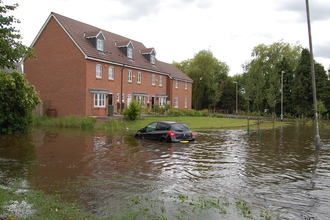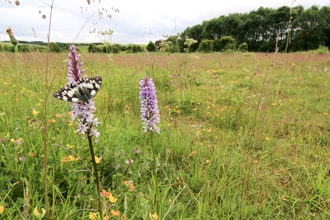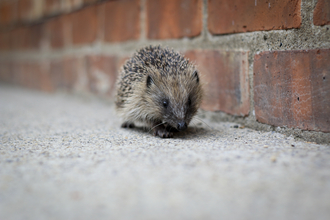On 1 December, after opening the first window on their Advent calendars, MPs will gather to debate a new ‘Wildbelt’ land designation. We have called for this new designation as a way to transform land of low biodiversity value into places where wildlife can thrive.
With the recent flurry of new policies to tackle climate change, you would be forgiven for thinking the climate crisis was the only environmental emergency facing us. But the nature crisis and our plummeting biodiversity is not only just as urgent - it is also inextricably intertwined with the climate crisis. Without resilient ecosystems, we cannot meet the challenge of climate change. It is therefore appropriate and urgent that MPs sit down next week to debate a new land designation that can bring nature back from the brink.

